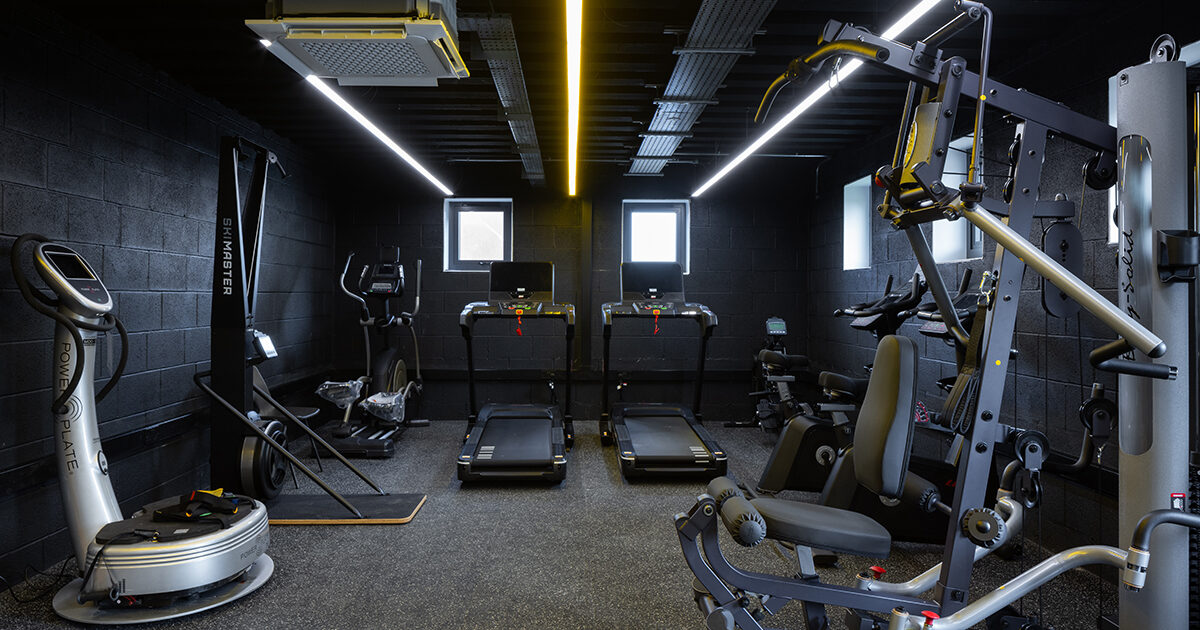Creating a high-performance wellness gym involves much more than simply filling a space with equipment. It’s about designing an environment that promotes health, motivates members, and supports a holistic approach to fitness. The design and layout are foundational to a facility’s success, influencing everything from member experience to operational efficiency. For those planning a new facility, understanding the nuances of wellness-focused design is essential.
Effective planning is the cornerstone of successful commercial gym fitouts. The process starts with a clear vision for the type of wellness experience you want to offer. Will the focus be on strength training, group classes, mindfulness, or a blend of all three? This decision shapes every subsequent choice, from the floor plan to the selection of finishes. A well-designed space flows logically, guiding members effortlessly from one zone to another.
In Australia, gym owners are increasingly recognising that a facility’s atmosphere directly impacts member retention. A high-performance wellness centre feels inviting and energising. The layout must be intuitive, separating high-intensity workout zones from quieter areas dedicated to stretching, yoga, or meditation. This zoning prevents noise from disrupting focused activities and creates a more pleasant experience for everyone.
Equipment selection is another fundamental component. A wellness-oriented gym should offer a diverse range of equipment that caters to various fitness levels and goals. This includes not just traditional strength and cardio machines, but also functional training gear like kettlebells, resistance bands, and suspension trainers. Providing ample space for floor exercises and bodyweight workouts is also important for a well-rounded fitness offering.
Lighting and acoustics play a significant role in setting the mood. Natural light is ideal for creating an uplifting atmosphere, so large windows should be prioritised where possible. In areas without natural light, adjustable lighting systems can help create different ambiences, from bright and energetic for group classes to soft and calming for recovery zones. Similarly, acoustic treatments can absorb sound in noisy areas, contributing to a more comfortable environment.
Accessibility is another point of focus. A truly inclusive wellness space is designed for people of all abilities. This means considering ramp access, spacious changing rooms, and equipment that is usable for individuals with mobility challenges. Clear signage and uncluttered pathways ensure everyone can move through the facility safely and with confidence.
Finally, integrating technology can enhance the member experience. This might include app-based class bookings, performance tracking systems, or entertainment options on cardio equipment. When thoughtfully integrated, technology can support members on their fitness path and streamline facility management. By focusing on these elements, you can create a gym fitout that not only looks impressive but also functions as a true centre for community wellness.



